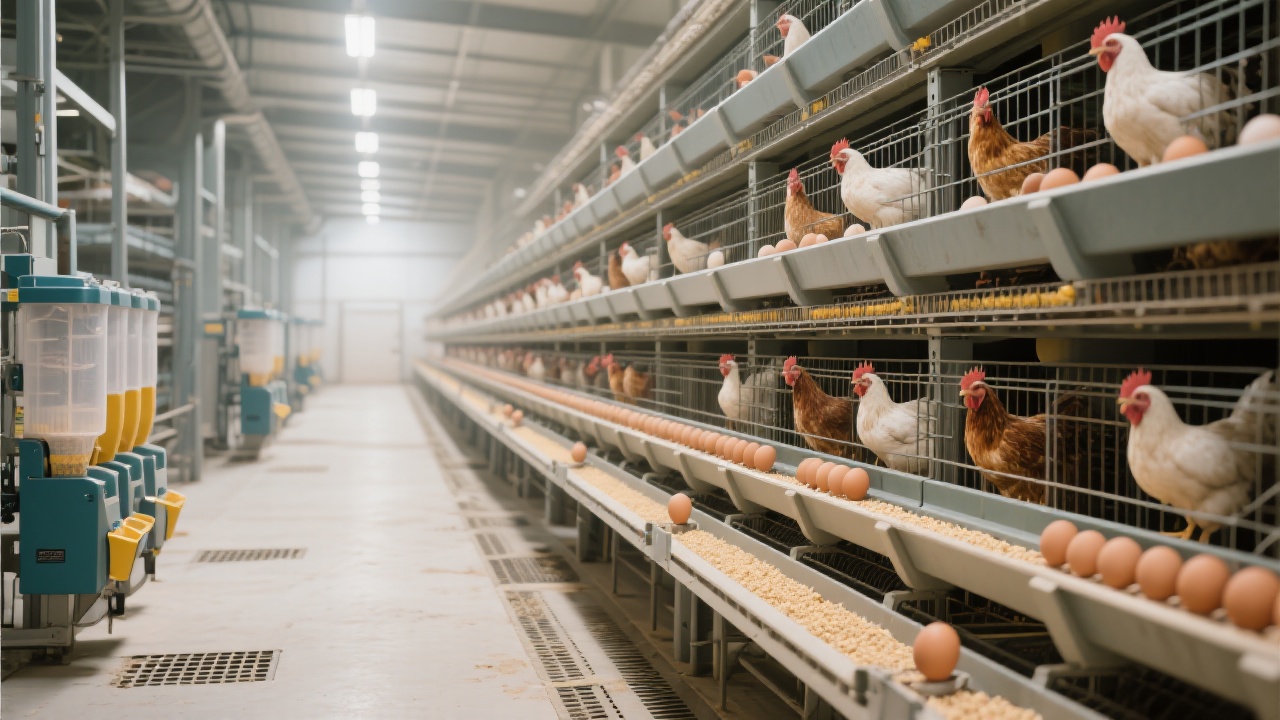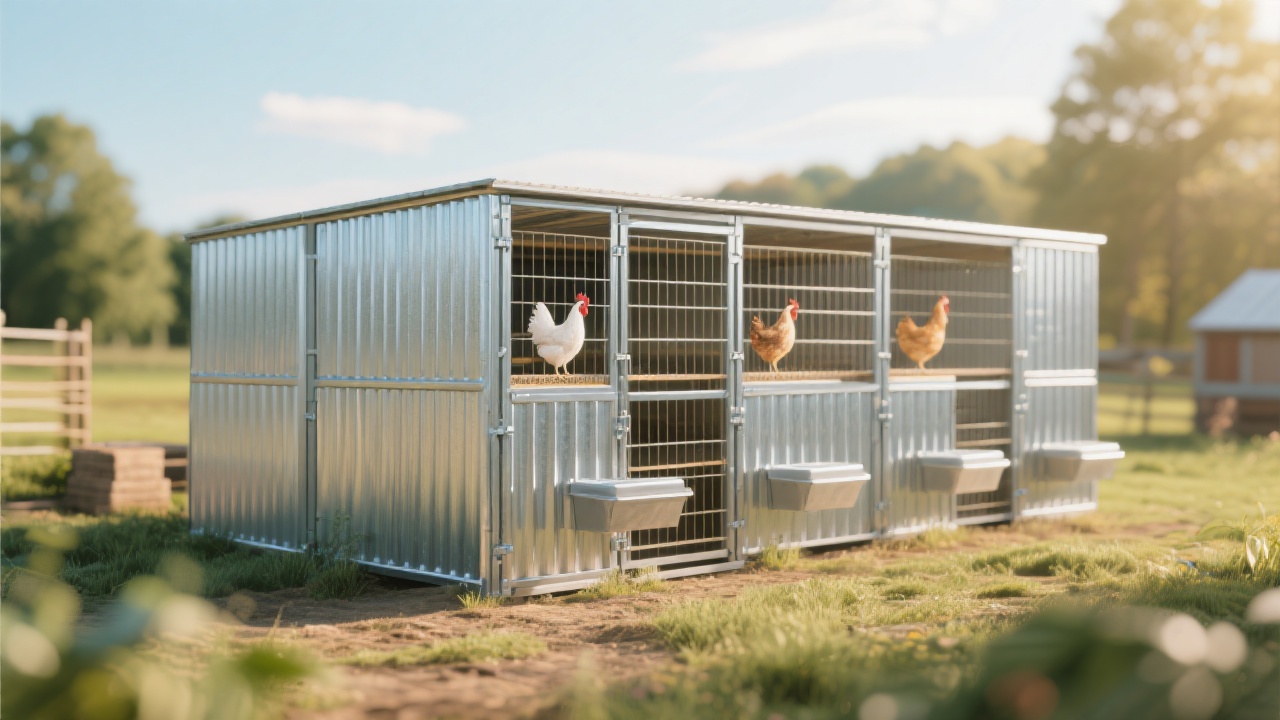
In the realm of layer hen farming, maintaining optimal ventilation is far from a trivial matter. The environment inside poultry houses directly impacts bird health, productivity, and overall operational efficiency. Producers often face significant challenges, especially in hot and humid climates, where improper airflow can lead to serious issues like gas accumulation and stagnant air pockets. This article delves into these common ventilation hurdles and presents practical, data-driven strategies utilizing modern technologies such as intelligent monitoring systems and innovative designs like Zhengzhou Livi Machinery's H-type tiered layer cages.
Proper aeration in layer houses ensures the removal of excess moisture, heat, and noxious gases such as ammonia—a byproduct of droppings that if unchecked, can reach concentrations exceeding 25 ppm, risking respiratory health deterioration in hens. The ventilation system's effectiveness hinges on its ability to establish continuous, uniform airflow to avoid dead zones where harmful substances accumulate.
H-type tiered layer cages, renowned for their innovative multi-level design, significantly influence ventilation patterns. Their structure enhances natural wind pressure effects by enabling air to channel efficiently between tiers, reducing resistance and facilitating mechanical fan operation synergistically. In practice, farms equipped with these cages have recorded a 15% improvement in ammonia level control when coupled with optimized ventilation layouts compared to conventional cage setups.
Let's highlight key ventilation problems commonly faced:
| Problem | Cause | Impact |
|---|---|---|
| Airflow Dead Zones | Poor fan placement, structural obstructions | Localized heat, increased ammonia concentration |
| Excessive Humidity | Inadequate moisture removal, high environmental humidity | Disease proliferation, egg shell quality decline |
| Ammonia Accumulation | Insufficient ventilation rate, improper manure management | Respiratory issues, reduced production efficiency |
It might seem straightforward to simply increase fan speed, but this often backfires by causing stress in hens due to excessive draft or humidity imbalances.
Addressing these challenges requires a system-level approach rather than isolated fixes. Firstly, strategic fan placement is paramount. Deploying adjustable exhaust fans in positions calculated to disrupt dead zones, coupled with inward airflow to maintain fresh air supplies, creates an optimal air circulation loop.

Secondly, the modular design of H-type cages facilitates uniform airflow distribution between cage tiers, but farmers need to adjust cage spacing slightly during installation to maintain adequate air gaps, preventing blockage zones.
Moreover, leveraging smart environmental monitoring systems that track parameters such as temperature, relative humidity, and ammonia levels in real-time brings an unprecedented control level. For instance, sensors positioned at critical points transmit data to central controllers that automatically modulate fan operations or trigger alerts when thresholds surpass safe margins.
Consider a commercial layer house in Zhengzhou where adopting these ventilation strategies—adding smart sensors integrated with H-type cages—reduced average ammonia concentrations from 30 ppm down to under 15 ppm within two months. Concurrently, the flock's egg production rate increased by 7%, and mortality decreased by 3% relative to previous seasons.

Another noteworthy tip is progressive airflow adjustment based on diurnal temperature changes. Natural wind pressure effectuated through building design combined with variable-speed fans prevents energy waste while maximizing ventilation efficiency.
Farmers looking to optimize their existing infrastructure should begin with a comprehensive ventilation audit—identifying dead zones via smoke tests or infrared thermal imaging. Following this, rearranging fans, tuning air velocities between 3 to 5 m/s inside the house (depending on ambient conditions), and incorporating smart monitors can revolutionize indoor environment control.
While implementing, bear in mind:

In terms of technology deployment, Zhengzhou Livi Machinery offers tailored H-type tier cage solutions combined with smart ventilation systems, backed by technical support and detailed implementation guides. They have helped numerous farms across China and Southeast Asia navigate the complexities of modern poultry ventilation.
Ventilation management in layer hen operations is essential yet nuanced. Scientific airflow design reinforced by real-time environmental monitoring delivers healthier flocks and better productivity. Given the technical intricacies, it's well worth investing in both equipment upgrades and knowledge.
Do you face similar ventilation challenges in your poultry houses? Interested in customized solutions backed by tested data? Discover how Zhengzhou Livi’s smart ventilation and H-type cage systems can transform your farm—reach out today, and explore tailored case studies relevant to your operation.

